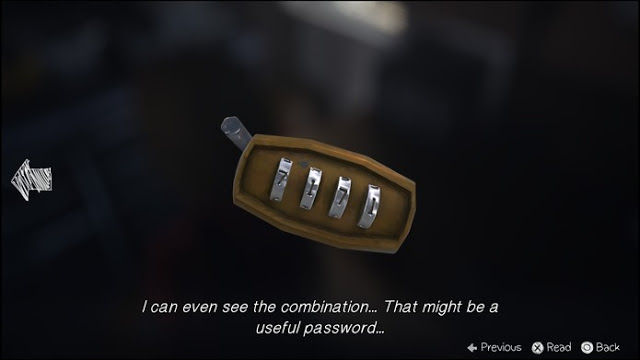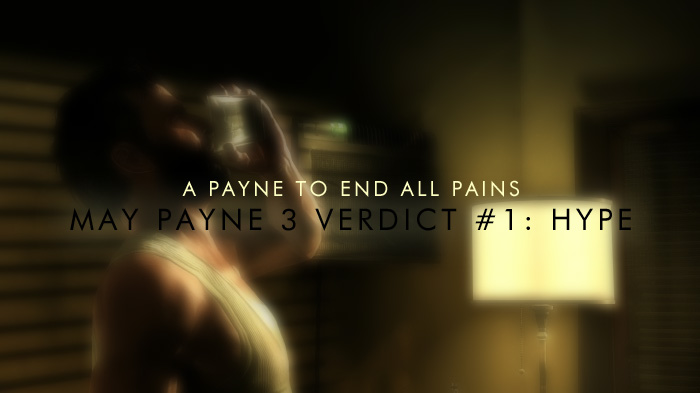In game called craps, gamblers make stakes on the throw of the dice. Two 6 faceted dice are utilized in the game. The shooter is the player that tosses the dice. Every person sitting at the board is allowed to roll a pair of dice. A pair of dice is given counterclockwise after end of each new round.
When a new round of game of craps starts, the shooter chooses two dice to throw. The person rolling out a pair of dice must put a line bet. His competitors make punts as well. The shooter starts the round of craps with rolling a pair of dice off the opposite wall of the playing table. The first toss of the shooter refered as the come-out roll.
The come-out throw
In case the come-out throw is a 7 or 11, in this case the pass line wager becomes a winner and the don't pass bets lose. It means the round is over. When the come-out toss is a 2, 3 or 12, then the pass line is beaten and the don't pass line either wins or ties.
In case after the come-out appear 10, 9, 8, 6, 5, 4, then that specific number becomes the player's point. The croupiers at the playing table then puts a puck on top of that specific number on the table. The shooter continues to roll a pair of dice until he or she throws the point number or craps out by throwing a seven. If the point number is thrown, then pass line punters win and don't pass wagerers are defeated.
Different types of counts
Pass line
Pass line bets are the easiest craps stakes to put. When you bet on the pass line, you are wagering that either a 7 or an 11 will appear after the come-out roll. If a person throwing a pair of dice throws a 7 or 11 on the come-out toss, you up money of yours twice. In case 4, 5, 6, 8, 9 or 10 are rolled out, then a point is established. When you stake the pass line, you want that point number to be thrown one more time. In case the person throwing a pair of dice does hit the number before tossing a 7, your pass line stake is doubled.
Don't pass line
Don't pass counts are the opposite of pass line bets. When you make a don't pass wager you are basically betting versus the shooter. You want the 2, 3 or 12 appear after the come-out. When a point is established on the come-out roll, then your goal as a punter on a dont pass line is to have the person throwing the dice roll a 7 before the established number.
Come stakes
A come bet resembles a pass line stake. You can put a come bet on any roll of a pair of dice. Come stakes are put after a point is known. If 7 or 11 appear after a come stake is made, the come stake wins. When the person throwing a pair of dice rolls a 2, 3, or 12 after a come wager has been made, the come wager becomes a loser. In case of rolling out of any other number, all come counts are moved to a smaller numbered box on the board. When that number is thrown before the shooter throws a 7, then come wager becomes a winner. If the 7 is thrown before the number, the come bet becomes a loser. Don't come bets are the contrast of the come counts.
Don't come bets
In case 2 or a 3 has been thrown after a point has been established, dont come bet wins the round. If a 4, 5, 6, 8, 9 or 10 is thrown, then a seven must be rolled before that number is repeated once again, in order for the don't come bet to become a winner.
Loser counts
The different wagers mentioned above are not all possible wagers that can be made in a game of craps. The other bets, however, are known as bets of suckers and should be avoided at all costs.






 A Payne to End All Pains: Max Payne 3 Verdict — The Hype
A Payne to End All Pains: Max Payne 3 Verdict — The Hype Mass Effect 3: Leviathan DLC Walkthrough
Mass Effect 3: Leviathan DLC Walkthrough Assassins Creed Syndicate Jacob Fryes Weapons / Skills guide
Assassins Creed Syndicate Jacob Fryes Weapons / Skills guide Top 25 Best PC Games of 2015
Top 25 Best PC Games of 2015 Mafia III (PC, PS 4, Xbox One) first impressions
Mafia III (PC, PS 4, Xbox One) first impressions